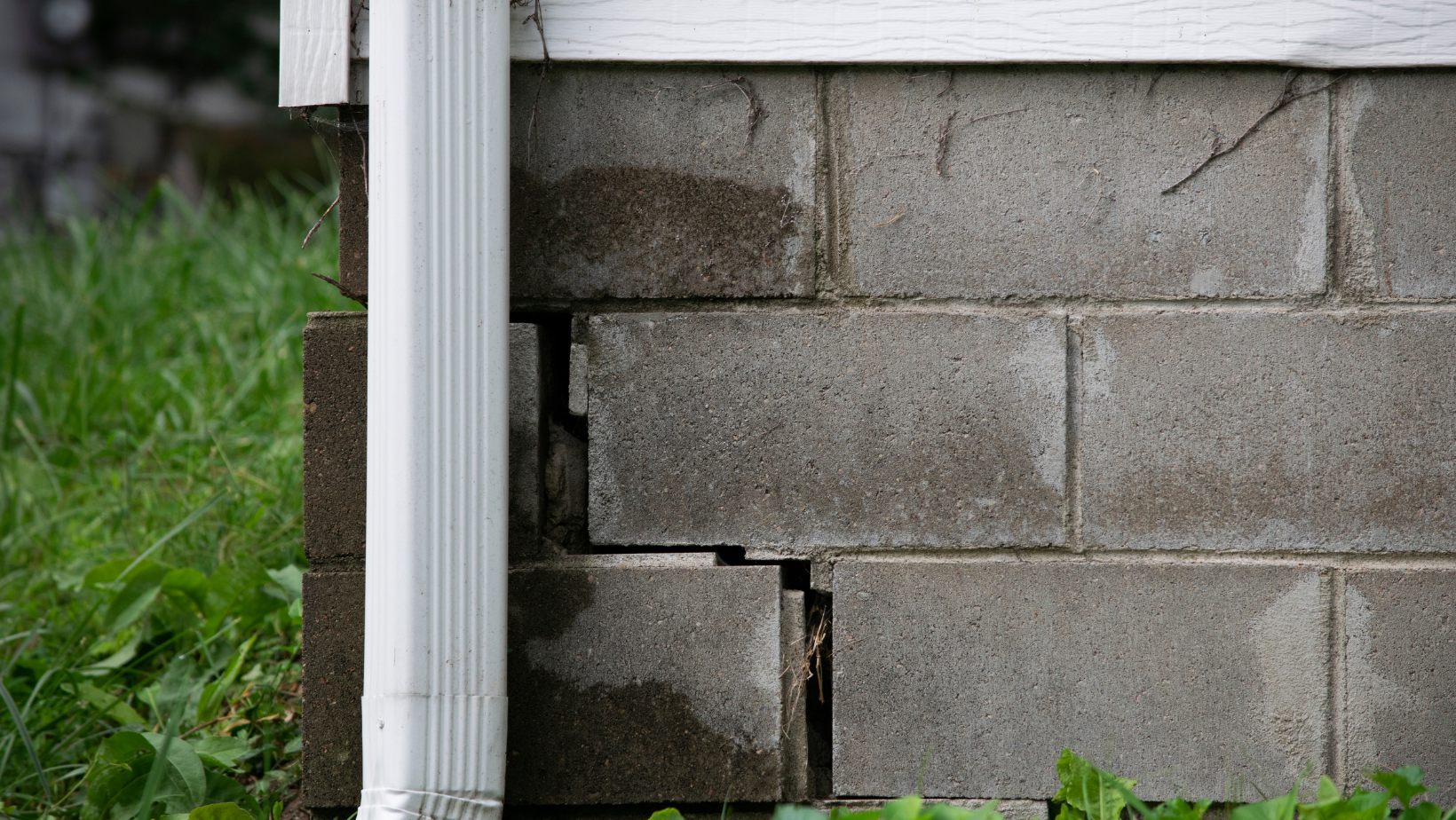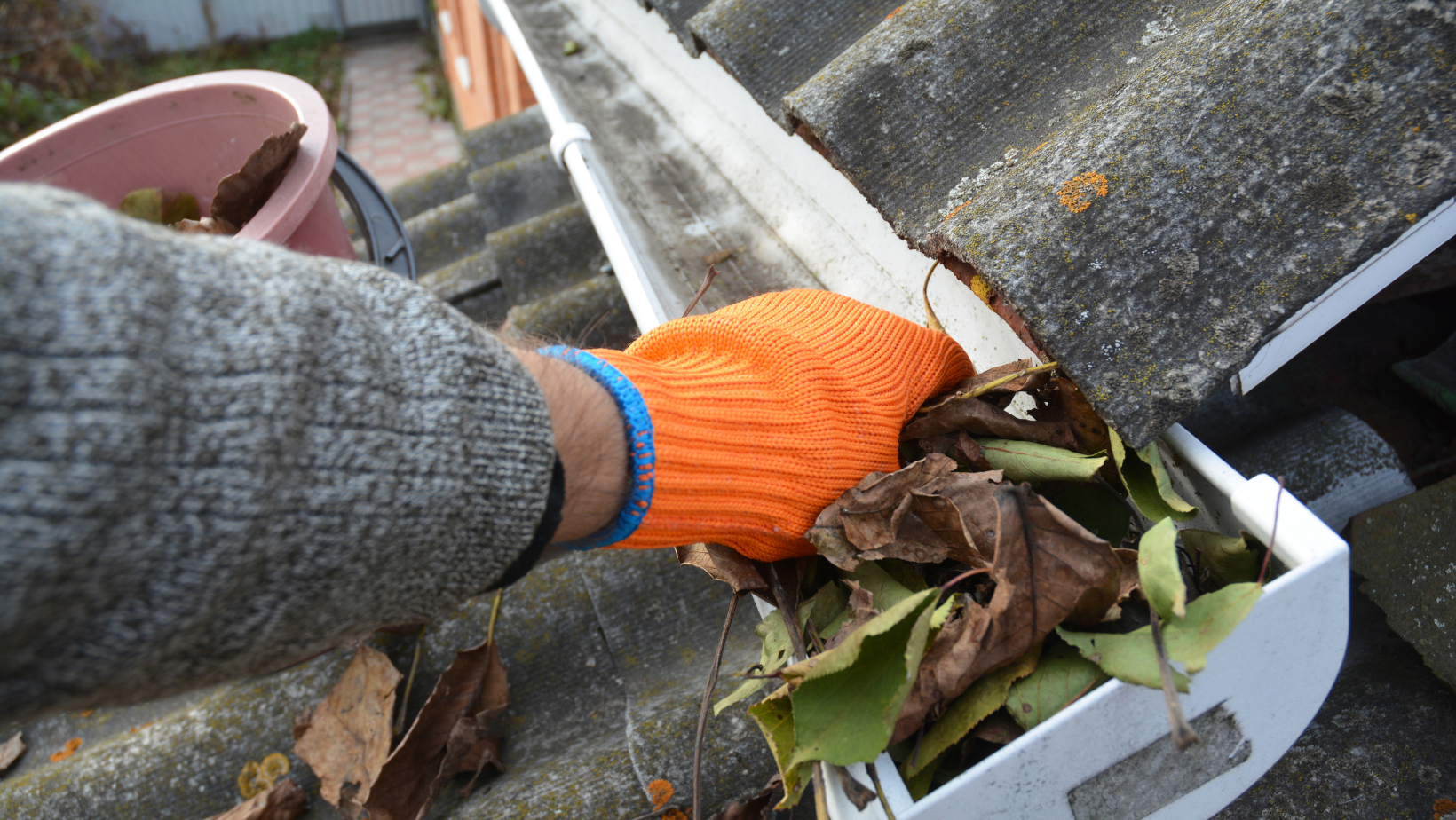How To Keep Rainwater Out of Broussard, LA Homes
Preventing Water Damage in Broussard, LA Homes

Water damage can be a source of anxiety for homeowners in Broussard, LA.
Water seepage can be silent and enter your home unnoticed. Homeowners often remain unaware of water damage until it becomes a costly and complex issue. In the worst cases, moisture damage can completely destroy your home, causing significant structural damage such as mold, wood rot and foundation damage. However, most of these cases can be prevented or minimized with early detection and swift action. Even the tiniest of leaks can lead to significant water damage if left unattended for too long. Protect your home and family from potential water damage by educating yourself on rainwater intrusion prevention techniques.

Preventing Rainwater Intrusion During Storms
The best way to handle water damage is to prevent it altogether. In Broussard, LA, your home is particularly vulnerable during heavy rainfall and storms. Here are some tips to help protect your home from rainwater intrusion and keep it dry:
- Roof – Your roof is your first line of defense against the elements and keeping rainwater out. To ensure its effectiveness, it is important to keep up with regular maintenance and repairs. Routine assessments can help extend the life of your roof and prevent rainwater from seeping into your home. Look out for signs of roof damage such as missing shingles or holes.
- Gutters – Clogged gutters can lead to water intrusion in your home. Keep them free of debris and other obstructions. Blocked gutters can cause water to collect around your foundation, leading to foundation damage. It can also cause water to seep through your exterior walls and cause moisture buildup in your interior walls. Keep an eye out for signs of wall leakage and foundation issues.

- Foundation – Regularly assess your foundation walls for signs of damage or cracks. Water should always flow away from your foundation walls. If you notice water pooling around your foundation, you need to address it immediately.
- Grading – The earth surrounding your property should be sloped away from your home to divert water away. Check your landscaping to ensure that water is flowing away from your home. If the land is sloping towards your home, you need to adjust the sloping or install drains to direct water elsewhere.
- Drains – Check your drains periodically to ensure that they are clear of debris and free of obstructions. Clogged drains can cause moisture buildup and lead to water damage.
- Waterproofing – Consider waterproofing your basement to prevent water from seeping through foundation walls. Consult a professional to determine the best course of action, which may include the installation of drains and sump pumps.
Preventing rainwater intrusion is definitely necessary, but not always feasible. Should significant water infiltration occur due to a major storm, it is recommended that you seek assistance from a water damage cleanup expert.

Local Water Damage Cleanup Services in Broussard, LA: Protecting Your Home From Storm Damage
While the right rainwater prevention tactics can help protect your home from damage, sometimes it's unavoidable. If rainwater infiltrates and causes moisture buildup and significant water damage, you may require professional help. Improperly addressed moisture can result in widespread water damage, mold growth, and costly repairs.
To prevent further damage, it's necessary to remove any standing water and extract any non-salvageable materials. A local water damage cleanup company in Broussard, LA has the expertise and equipment necessary to get your home back to its pre-damaged condition.
You might also like
DryMax Restoration Blogs




